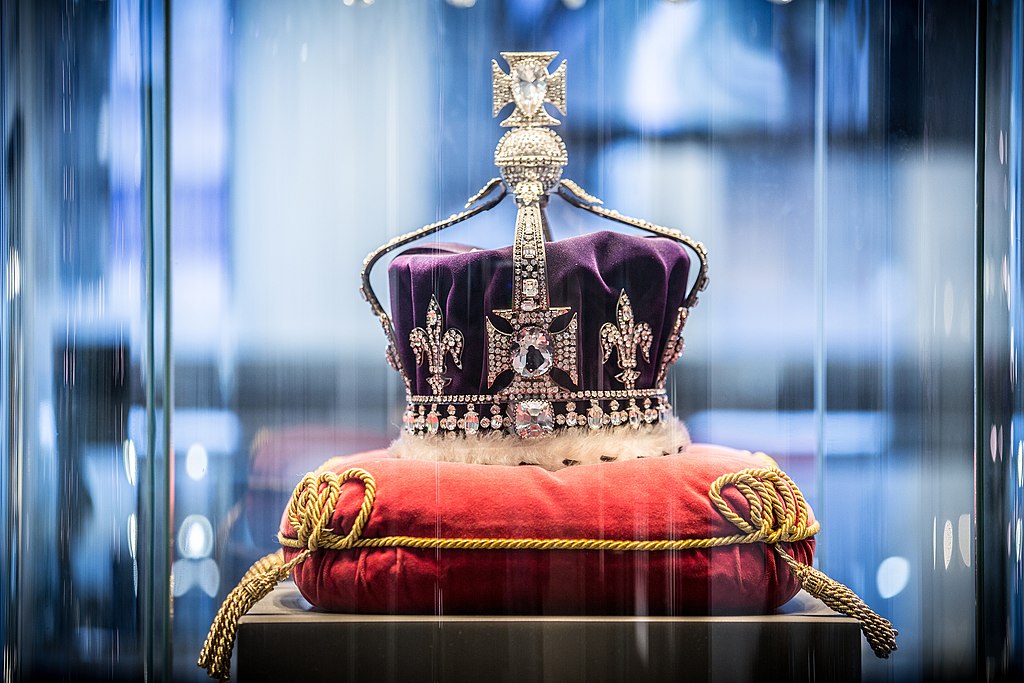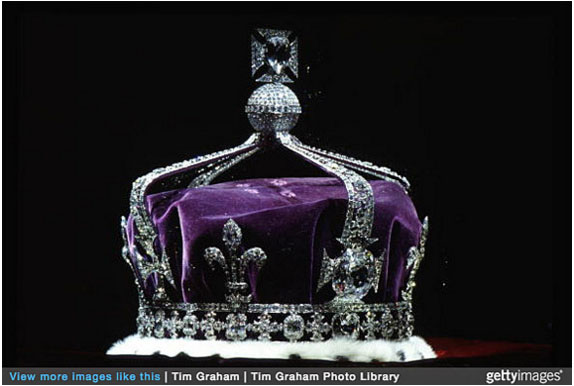The publicly and politically largely debated Koh-I-Noor diamond, one of the most valuable crown jewels of Britain, is back on public display since its absence from the Coronation of prince Charles III, after the death of his mother, Queen Elizabeth II.

The massive diamond was always on public display at every formal occasion in Britain for over 150 years, but due to the impending debate over the imperial artefacts by India, Queen Camilla avoided wearing it for May’s coronation.
The Koh-I-Noor diamond, which was initially a 186 carat diamond jewel, was cut down to 106 carats by Queen Victoria.

Dispute over the diamond
With the precious Koh-I-Noor Diamond being brought back to the public display, the conspiracies and political debates soared up to the surface. The British claim the integrity of the diamond is impossible to determine as the Diamond was not discovered by the Indian Government, and at that time of its discovery, India wasn’t declared as an independent sovereign entity. Despite all the arguments the British present for their rebuttal, India still claims its right over the diamond and constantly sought different ways to bring this problem to a satisfactory resolution by raising questions on the matter to the United Kingdom government from time to time.
Where do the roots of the priceless gem originate?
While the fact is really that the diamond was mined with no doubt in India only, the problem isn’t only with the mining. The history of the diamond is a cross cultural diversity, with several other countries like Pakistan, Afghanistan and Iran also laying their claim over the 106 carat stone.
A symbol of conquest or confiscation?
The British initiated the East India Company which formally annexed the Kingdom of Punjab in 1849, after gaining victory in the Anglo-Sikh War, won the diamond as a part of the peace treaty and gifted the diamond to Queen Victoria.
The diamond is displayed at the tower of London in the United Kingdom, and has a label below it reading ‘ a symbol of conquest’. What it really says is that the peace treaty compelled the young 10-year old maharaja to surrender the Diamond to the East India Company.
Actual Debate
So what is really debatable even after such a long time, is whether the Koh-I-Noor diamond marks the symbol of conquest by the British after they won the Anglo-Sikh war or just a manipulative trick played on a 10-year old child.
What makes the diamond ‘priceless’ ?
The diamond also symbolizes the supreme authority of the rulers who were its owners, till the time Delhi Sultanate came to power in the kingdoms of South India back in the 14th century. It applies the same to the United Kingdom. The Diamond symbolises the power of rule and victory with whomever it resides.
Across the world opinions
One of the jewelers of the United Kingdom, who has taken care of the star jewel of the British once, says in this matter that it shouldn’t be considered a legal argument given that the jewel was gifted to Queen Victoria from the East India Company after a fair conquest and not taken away by the British.
Being the heavy and most wanted gem for generations, other International Relations Experts consider the diamond as a diplomatically toxic topic. With most of the countries looking forward to placing it on their occasions, this will only give rise to further cultural wars.
Conclusion
The Koh-I-Noor diamond not just carries the United Kingdom’s pride, or Queen Victoria’s glorious rule or East India Company’s long conquest, but also the United Kingdom’s dark past of the colonial phase.
The diamond symbolizes the nation’s hard ties with the past of how the United Kingdom conquered it.












